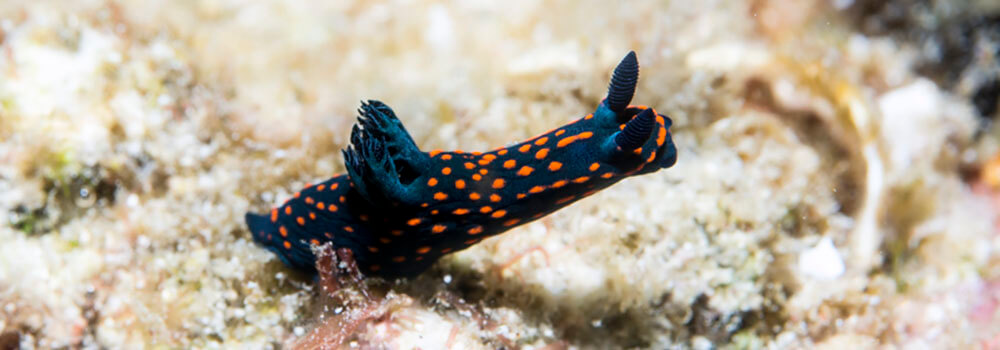
Snorkeling over a shallow reef in Raja Ampat our group was on the hunt. What started out as a few sightings of a group of attractive mollusks known as nudibranchs, became an obsession to find as many as we could. Fortunately we had two things going for us: First we were snorkeling in the coral triangle, a term that describes the region that possesses the world’s highest levels of marine biodiversity and second, we were snorkeling on one of the best reefs in all of Raja Ampat where nudibranchs are particularly plentiful.
Nudibranchs are colorful snails that lost their shell in favor of chemical defenses against potential predators. They are generally small (averaging 10cm in length) and disc shaped with external gills (nudi = naked, branch = gills) located either as a bouquet of feather-like structures at the anterior portion of the body or as two longitudinal rows that grow from each side of the body. As part of their defense many of the over one thousand species have bright color patterns that act as warning to deter a predator from attacking the tiny snail.
It is the dazzling colors of nudibranchs that excites our group to seek them out amongst the kaleidoscope of soft corals, sponges, and tunicates. With many eyes on the search, we found no less than 20 species during our snorkeling session and were quite happy with our collection of photographs! Next time we vowed to beat that record and in a place like Raja Ampat, we have no doubt that we will.


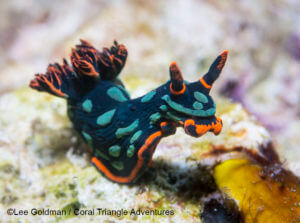
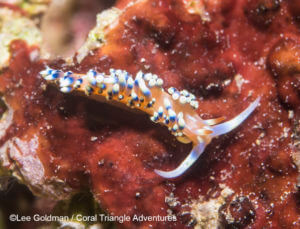
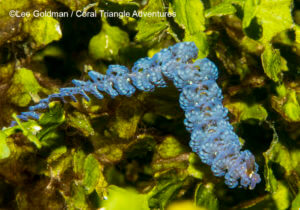
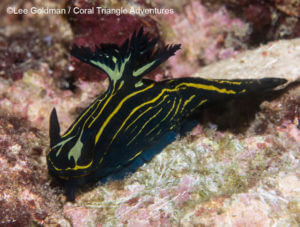

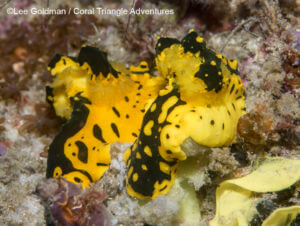

Can’t wait for our trip to Raja Ampat to add to my nudibranch photo collection !!!